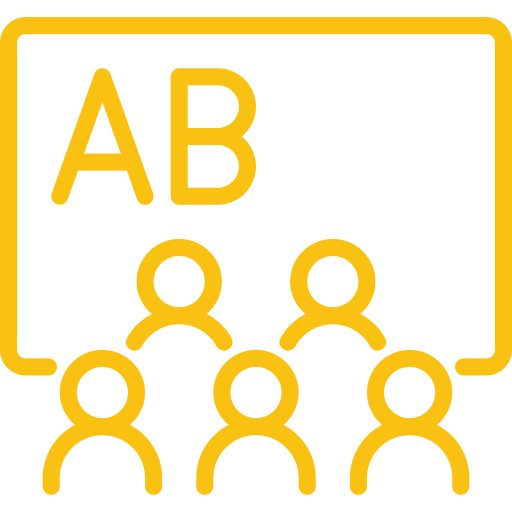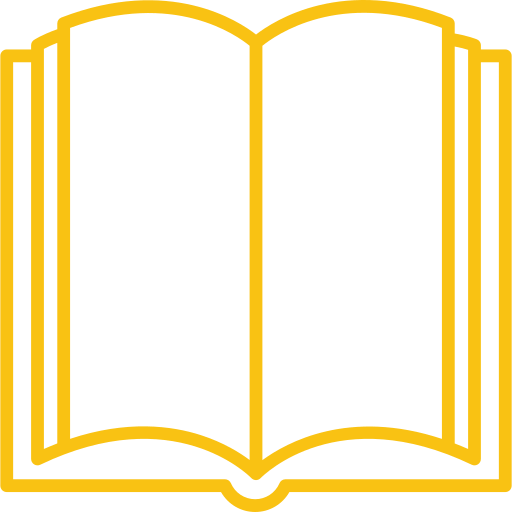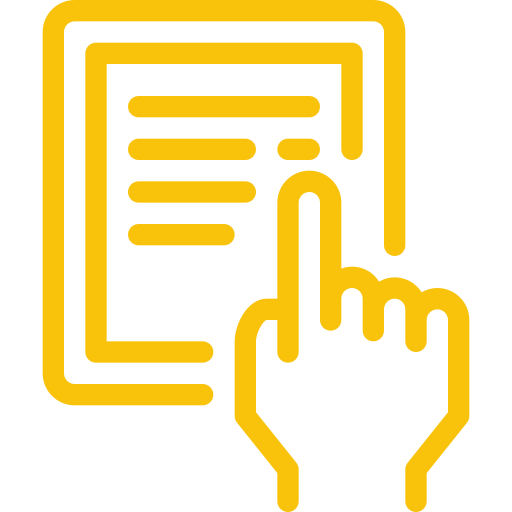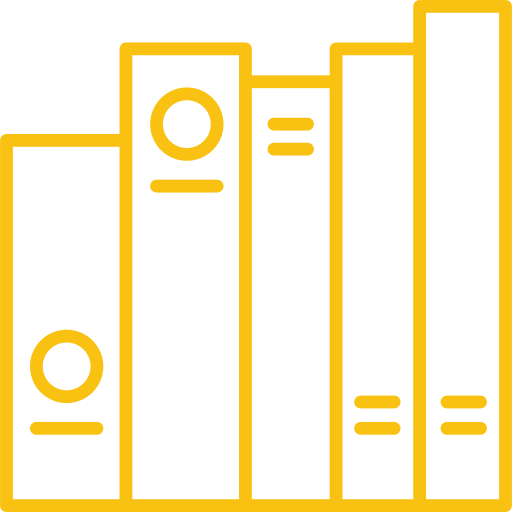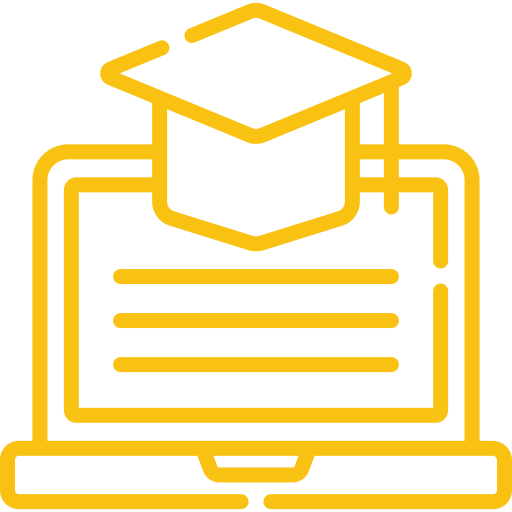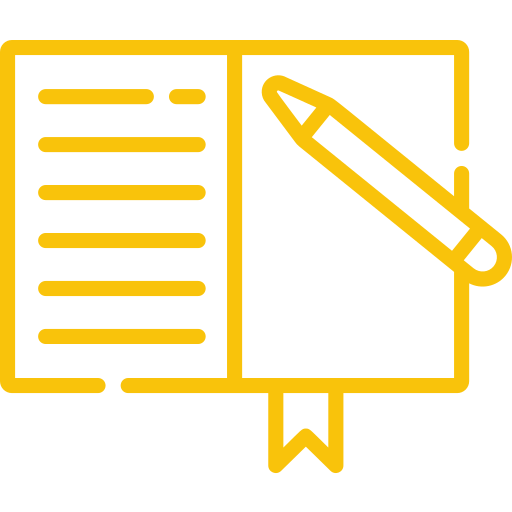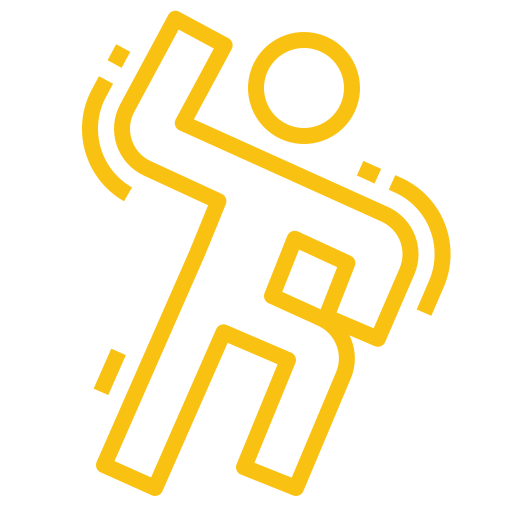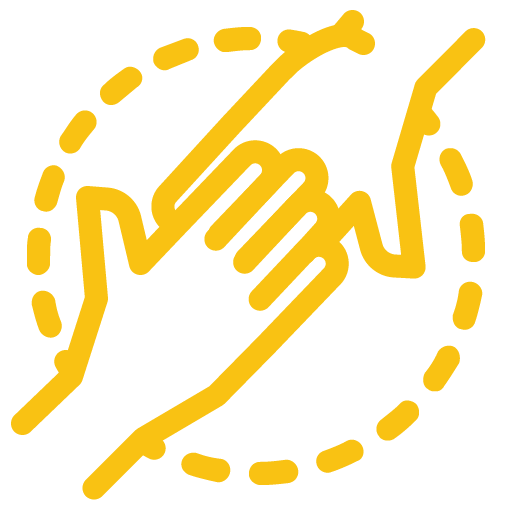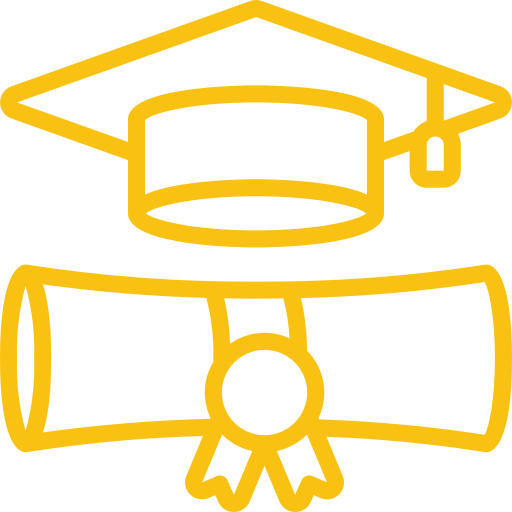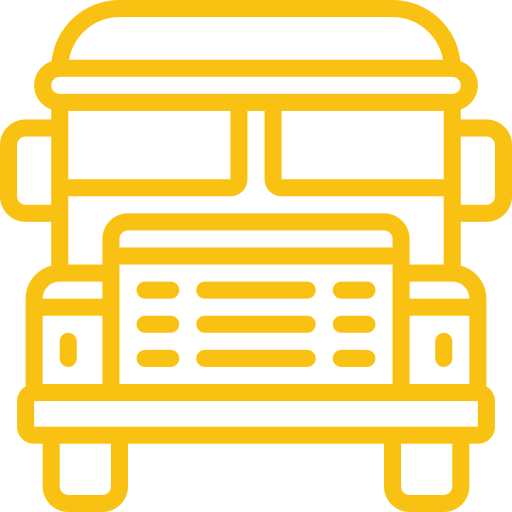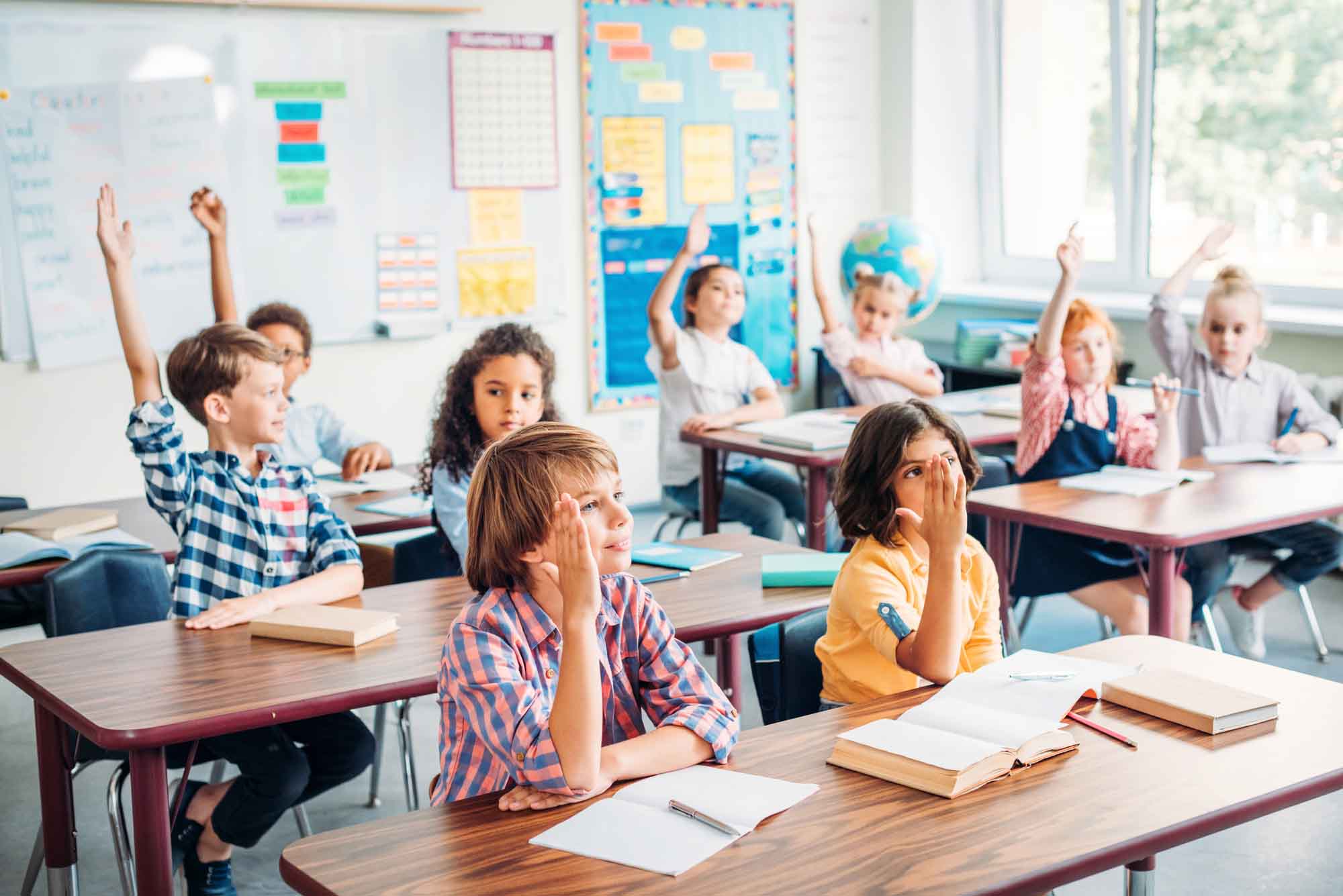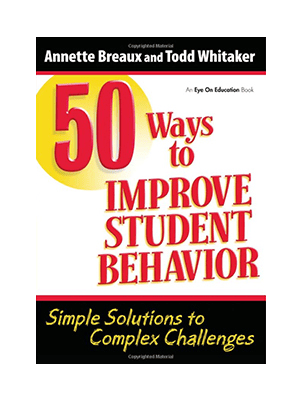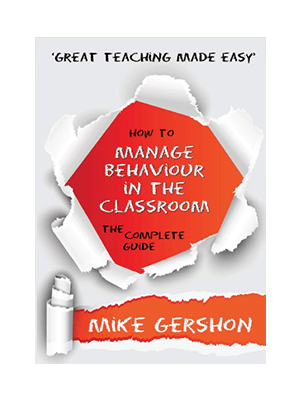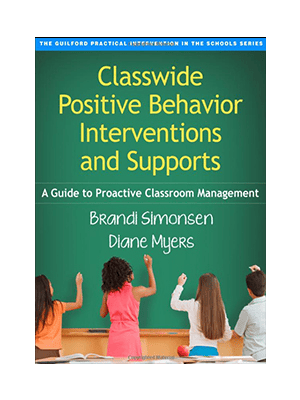As summer fades to fall, many teachers are looking forward to the day students join them again in the classroom. While this can be an exciting time, it can also be a little nerve-wracking, especially for students who were away from school last year. This year, more than ever, schools want to focus on building safe, supportive environments. One way to do this is by establishing clear procedures in the classroom. Daily routines help students anticipate changes, make better use of their time, and feel more at ease with one another. While you may not need a procedure for every action, such as getting a Kleenex, basic procedures can help your classroom run smoothly. Below is a list of ideas to get you started to make your students’ day – and yours – calmer and easier.
Planning Classroom Procedures to Meet Your Students’ Needs
The first step in creating classroom procedures is to decide which actions and routines would benefit from a pre-determined plan. Think about the places where your class gets bogged down (e.g., passing out or turning in papers) or times when your students tend to repeat the same questions (such as during a transition). Here are several areas to consider as you make a plan to meet your classroom needs.
1. Starting Class. As you think about the start of school, consider these questions: How do you want students to enter your classroom? What materials should they have on their desk or table at the start of class? Should students begin working or wait for direction? “Bell-ringer” activities or daily journal prompts get students working right away. Greeting each student at the door before they enter the classroom can help set a more positive tone (and lets teachers notice if any students are struggling). Choose what feels best for your kids.
2. Transitions. Decide if your transitions between activities could use a procedure. They can be especially helpful if students need to move around the room, gather new supplies, or reconfigure their desks quickly. Providing instructions and having students repeat those directions back before they move call alleviate the flood of questions that arise during transitions, such as “What am I supposed to be doing now, Ms. Sorenson?”
3. Papers and supplies. Do you lose precious time with students every time you pass out or collect papers or ask students to pick up supplies? If so, this is a place to add a procedure. Since social distancing has become more important, I have seen many teachers make use of individual student mailboxes where they pick up materials as they enter and submit work as they exit. Having students pass papers across the rows (from left to right) can also smooth the process because students don’t have to turn around (or tap the person in front of them) to pass papers forward or back.
4. Classroom Exits. Are you happy with how students leave your classroom? Do you mind if they line up early or would you like to verbally dismiss them? Decide what you would like students to do and then practice, practice, practice. This can be the most difficult plan to reinforce, especially if different teachers have different expectations, so be clear in your expectations and let students know why this plan is important to you. If you are frustrated by the messes students leave behind, consider the game* linked at the end of this article!
5. Balance of Expectations. As you help students develop these routines, ask yourself: How many procedures are too many? Remember that these procedures need to be taught and consistently reinforced to take hold, especially at the start of the year. For this reason, it might be best to start with a few that are most important to you. Add more as needed and make sure to review whenever it seems their good habits are starting to “slip.”
6. Contigency Plans. A final procedural tip is to prepare for any unexpected absences now. While many schools require “emergency substitute lesson plans,” they don’t always require these to be updated each year. Now is a great time to review yours! In addition to including your procedural plans, consider writing a stand-alone lesson that reinforces the work you always do: a short story or an interesting science or history article that students can read and discuss is an easy and engaging choice (and you can make copies of the texts to have ready right at the start of the year). Consider adding basic skills practice to the lesson, such as finding main ideas, note-taking, or paragraph-writing. If your students have to take standardized tests, a short set of multiple-choice questions can be added to affirm and build their confidence.
When we have a clear plan in place to help students manage the day-to-day activities in our classrooms, we build more organized and inviting spaces for students. And while it can feel like we don’t have the time to practice these routines with students everyday at the start of the year, daily practice actually increases our learning time, since practice will lead to more efficient routines throughout the year.
*The End of Class Clean-Up Game from Lessons with Laughter: https://lessonswithlaughter.com/end-of-day-clean-up-game/
